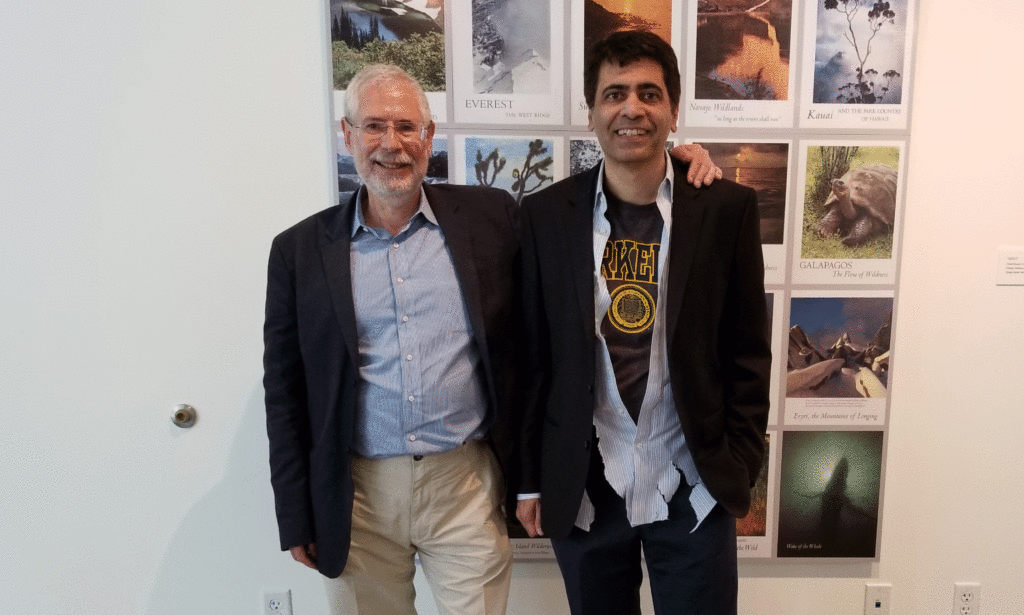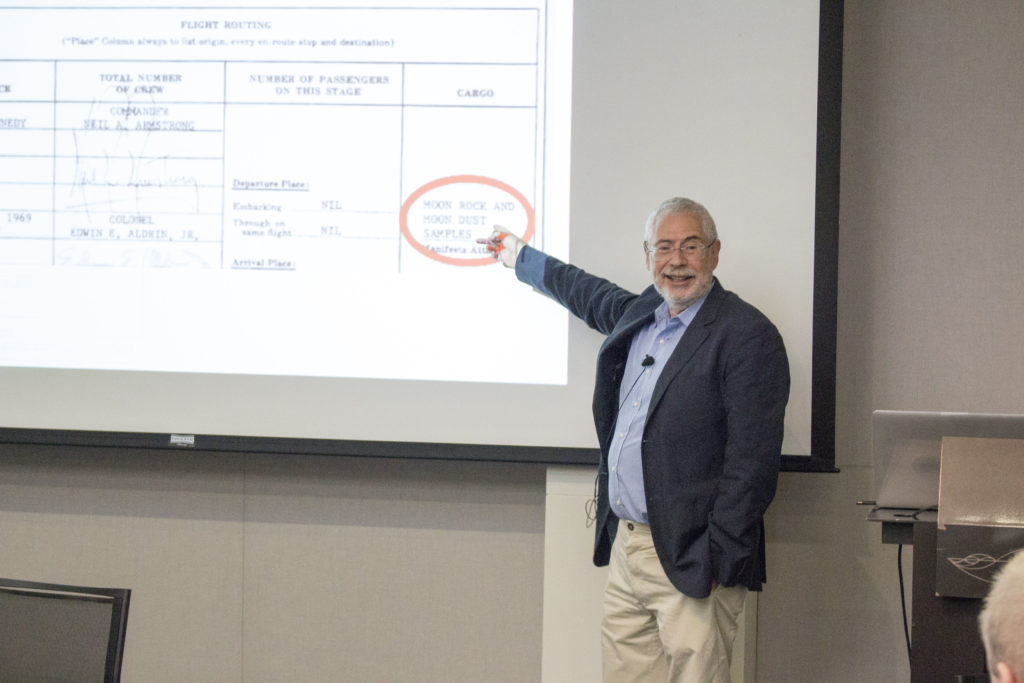
The world is being Amazoned.
That is what startup legend Steve Blank argued last week at the Sutardja Center’s innovation leadership executive program — an annual summit of executives from around the world who come to Berkeley to learn how to make their companies more innovative.
Things are quite different in the Amazon-age than they were in the 20th century, when executives at large companies had plenty of time to make decisions, according to Blank. Back then, companies mostly competed against companies similar to their own, and owned a large share of the market that they could hold on to with reliable business models. However, in the 21st, the startup movement has caused things to move much more quickly.
The psyche of disruption has changed the world. Blank calls this the “red queen problem,” a reference to a quote by the red queen in Alice in Wonderland when she says “you will have to run twice as fast just to stay in place.” Many executives at large companies can empathize.
Indeed, large companies today are at big risk of being disrupted by the nimble startup. Recent advances in technology have made the physical barriers to entry for new companies lower than ever before. And unlike in the 20th century, startups today are receiving huge investments from venture capitalists who hope that one startup in their entire portfolio might disrupt an entire industry and make them rich.
Because venture capitalists bet on their portfolio succeeding, and not on any single company, they can take huge risks that large companies cannot take. For example, venture capitalists are happy to bet on companies, like Uber and Airbnb, that have a chance to revolutionize an industry even if they might be breaking the law — a bet large companies cannot take.
Add this to the fact that startups have few policies and little bureaucracy to slow down decision-making, and it starts to seem like large companies may even be the underdog.
So, can large companies keep up with the nimble startup?
Blank suggests that large companies can keep up by becoming ambidextrous organizations, i.e. innovating and executing at the same time.
“That was nice theory in the 20th century,” Blank said of the theory of ambidextrous organizations, “It is survival today.”
While many executives give lip service to being innovative, Blank believes that companies need to create processes, institutions, roles, and metrics to actually innovate.
One approach is to create a separate innovation institution within a large company where entirely new inventions are created as opposed to the incremental improvements that might occur as part of the normal process of developing products. These small innovation organizations can be removed from company bureaucracy to act more like a startup and have different relationships with risk, failure, and more urgent approaches for developing new products.
Some companies already do innovation activities such as hackathons, research projects, university engagement, and some even have dedicated maker spaces where employees can be creative. But, for Blank, these innovation activities (which can sometimes degrade into “innovation theater”) are not enough and may even be harmful as untested guesses can create “noise” for engineers and other implementers.
“In my world we turn pieces into a process,” said Blank about the proper way to organize innovation activities.
Blank suggests that these activities can work really well when they are put into an innovation process where companies explore and test new ideas, incubate them, and then integrate them back into the rest of the company when and if the time is right.
To do this, Blank suggests companies use Alex Osterwalder’s Business Model Canvas, a way to show an entire business model for a company or product in a single diagram. Filling out the canvas is not only a useful process for the innovator, but makes communicating the business ideas to others easier as well. Maybe most importantly, it also makes it clear which parts of the business model are guesses, and need testing.
And it is testing these guesses, or hypotheses, that is vital to customer development, an approach that Blank is famous for pioneering. In the past, innovators tended to make assumptions about what their customers wanted. Innovators would then go on to create alpha and beta tests of their product, launch the product, and then watch as some products would succeed and some would fail because of false or correct assumptions.
Thanks to Blank and other pioneers in this field, modern entrepreneurship is focused more on discovering what customers truly want and need before wasting resources on building anything. Blank believes that entrepreneurs and innovators need to get outside of their building to talk to real customers as early in the development process as possible.
He contends that the best way to develop products is by creating hypotheses about your products and then testing them, which usually involves talking to hundreds of real potential customers. And if you are innovating inside a company, talking to dozens more on the inside who will have a stake in the product you are developing. The earlier in the process that you can find out what customers and colleagues like and do not like, the fewer problems that will come up later.
If the process of creating hypotheses, testing them against empirical data, and using the results to support a theory sound familiar — it should. That’s because it’s the scientific method we all learned in middle school and that has also been around for the past 500 years.
Blank suggests entrepreneurs should use the scientific method when developing companies and products. By testing minimum viable products (MVPs), innovators can learn what customers actually want without having to guess.
For Blank, an MVP is the “smallest thing that will give you the most learning or feedback.” So, rather than building an alpha version of your product, or barebones app without any features, an MVP may be as simple as drawing your app on a piece of paper, or creating a powerpoint slide that you can show to a potential customer to see if they like it.
“You have to get out of the building to understand the delta rate of change,” Blank said to the executives who were doing just that by being at the program.

